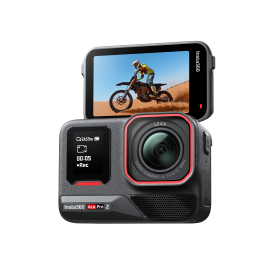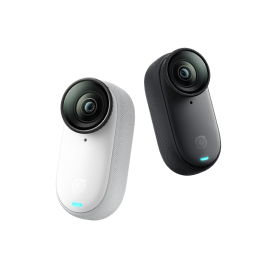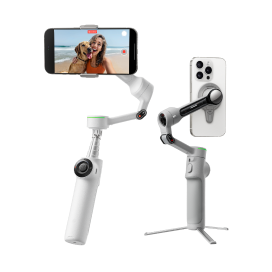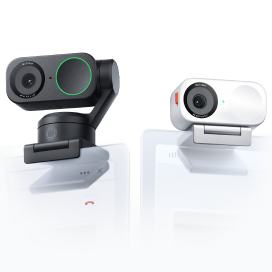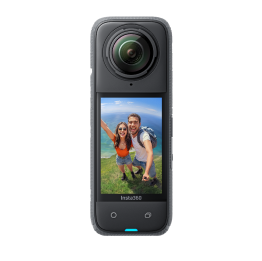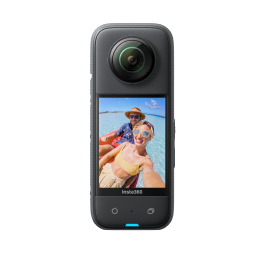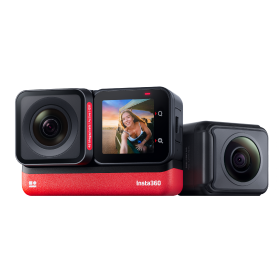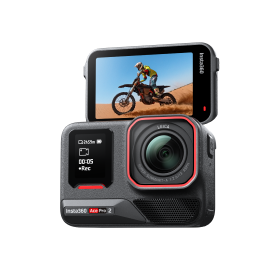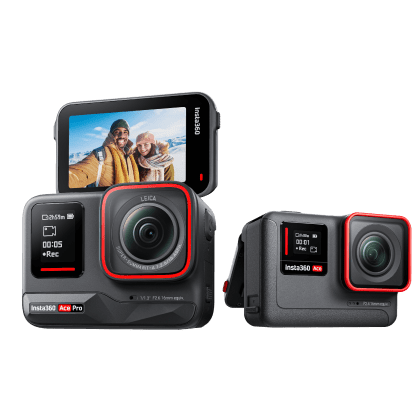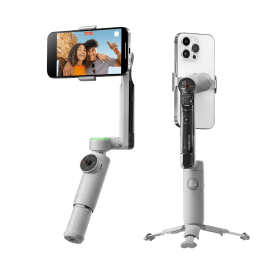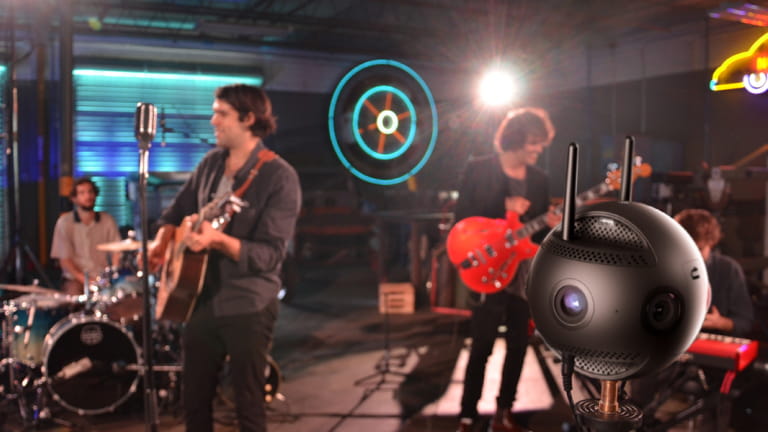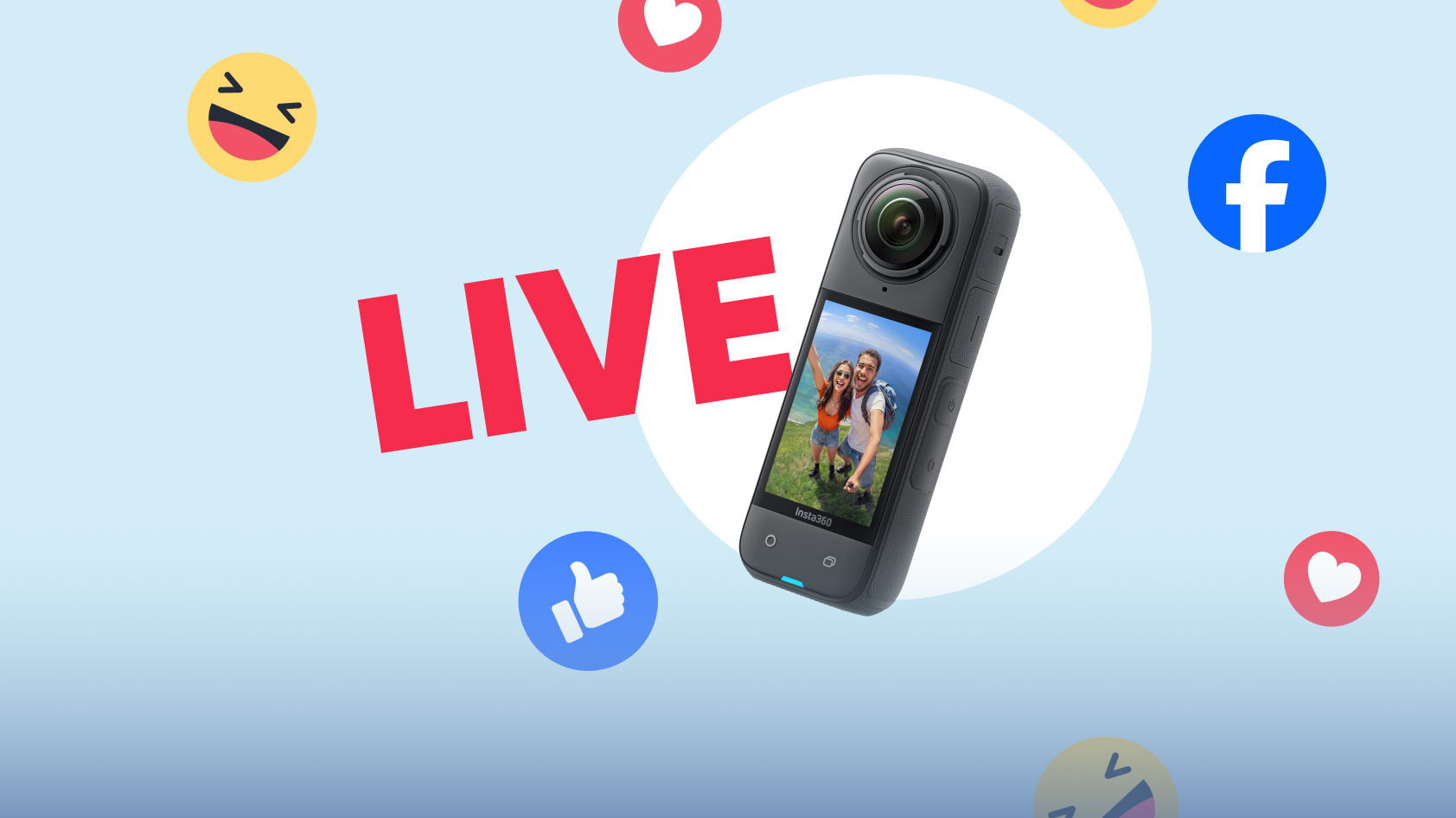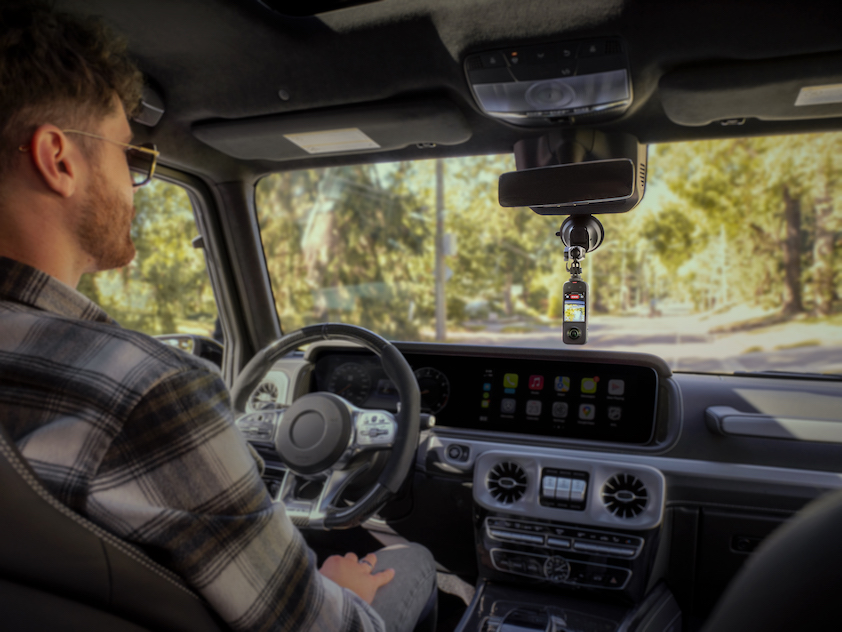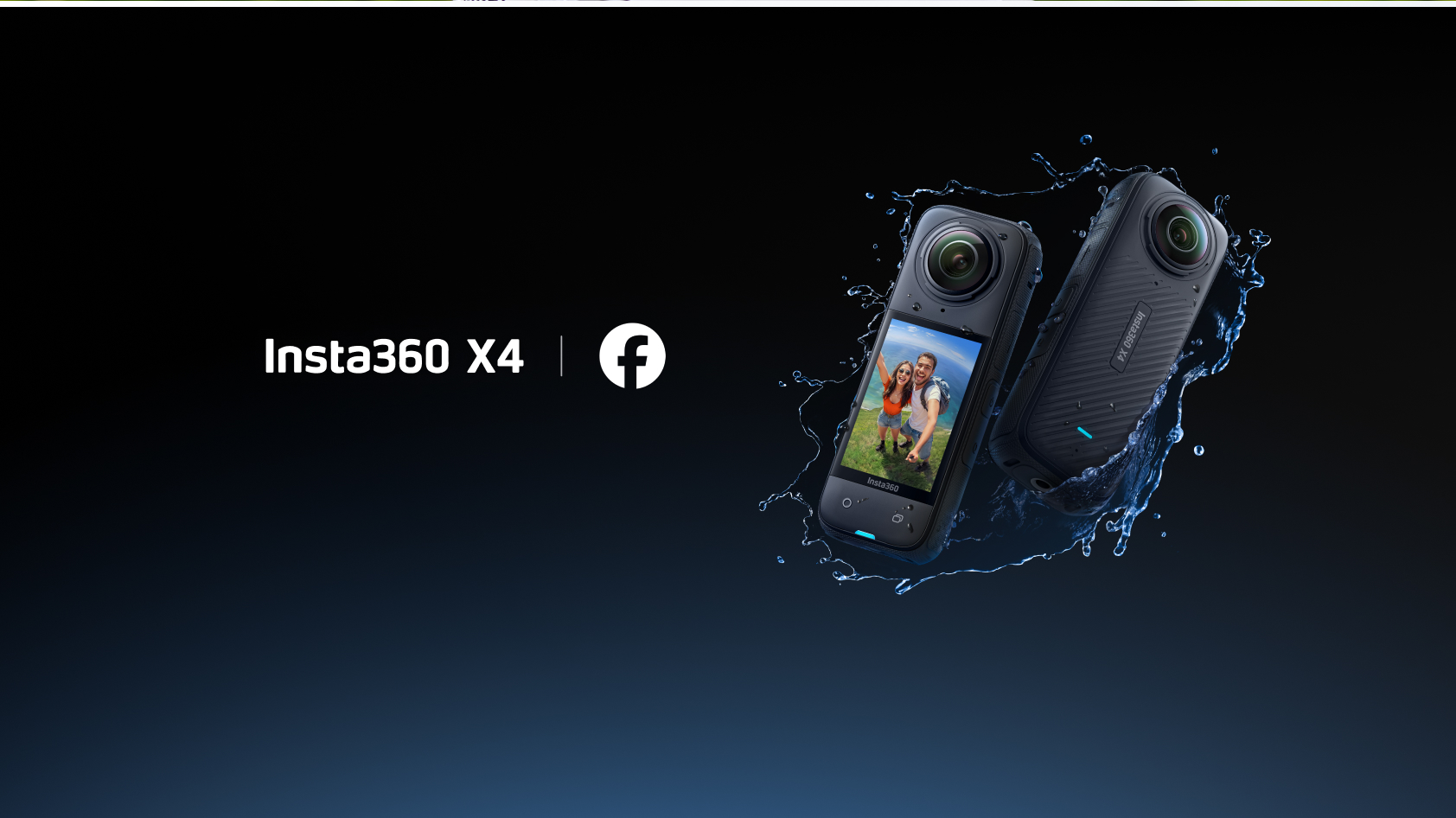
Why tell your friends when you can teleport them?
With Live 360 on Facebook, it’s now easier than ever to share full, immersive experiences with friends and family—maybe even strangers—while they're happening.
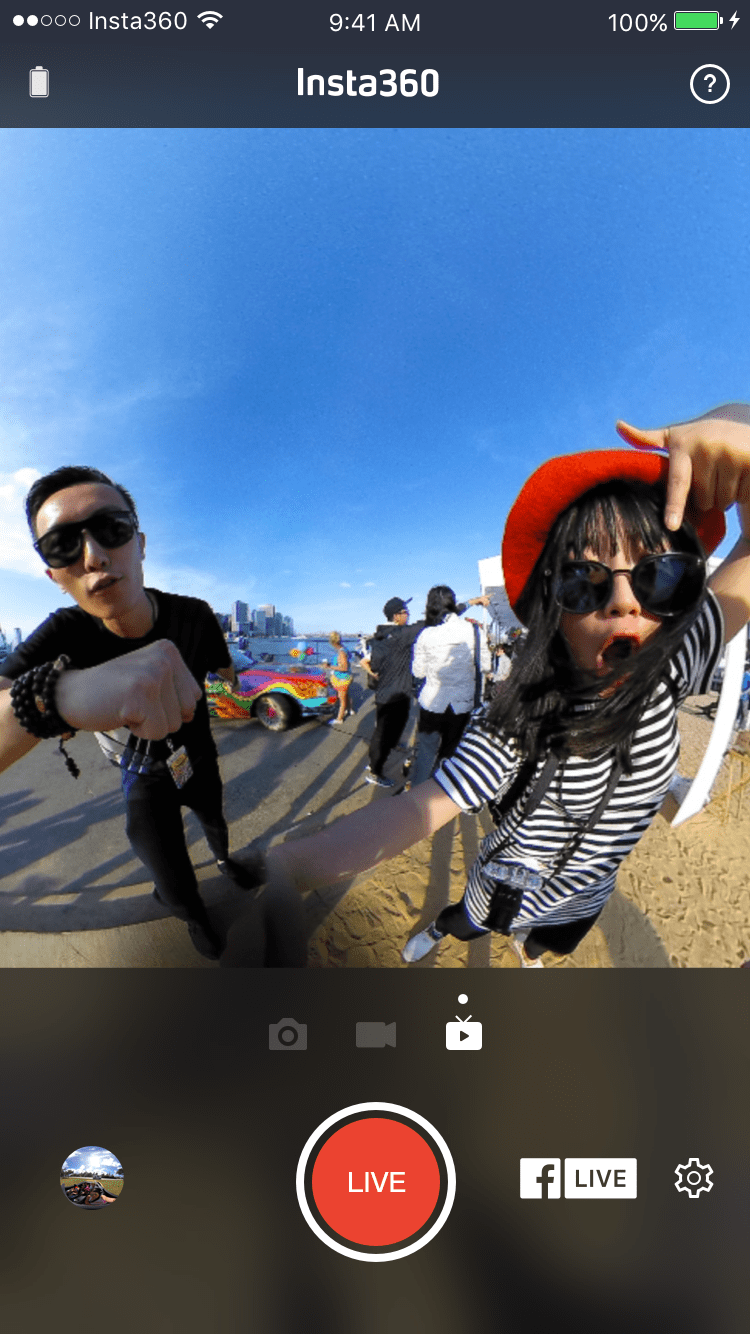
Is it snowing in Miami? All right, time to go live on location.
Did Timotheé Chalamet just walk into the bar? OK, your friends need to see this.

With more and more people getting their hands on 360° cameras, live 360° video has the potential to change the way we communicate. Below are a few tips to make sure your first forays into 360 live-streaming look good and get the audience they deserve.
For the basics of 360 live-streaming, check out "How To Use Facebook Live 360".
1. Play to 360° video’s strengths
360° video is an incredible way to transport your audience right into the moment with you. It can be used to capture all types of situations, but there are some situations where the format works especially well.
360° is great for giving people a sense of place, and for letting them feel like they’re part of the action. That means it pays to choose visually engaging scenes with a lot going on. Your audience can explore the scene as they like, so the idea is to reward that exploration.

Music festivals? Perfect.
Big family dinner? Yup.
Touring your Airbnb in Reykjavik? Great.
Tomato-throwing festival in Spain? Yes!
2. Get the right tool for the job
Unlike ordinary live streaming, you’ll need a little more than just your phone to go live in 360°. But with options like the Insta360 X4 and X3, shooting in 360° has become as simple as pointing and not even having to shoot!
Both devices are part of Facebook’s Live 360-Ready Program, which recognizes preferred hardware partners who have worked with the company to ensure a seamless 360° live-streaming experience that’s “easy, reliable and fun”.
3. Treat the camera like a person
It takes a little getting used to, but you don’t need to worry about where you’re pointing your 360° camera. Everything’s already in the frame!
What you can think about instead is how you’re positioning and moving your camera as you livestream. Try to keep the camera at your eye level so that your audience can both engage with you and experience the scene in a natural way.
And when you’re moving around or changing the camera’s position, try to keep your camera movements steady. Sudden camera swings can be especially disorienting in 360°.
4. Do a test run
After you’ve set up your 360° camera for use with Facebook Live 360, you’ll have the option to control who sees your livestreams.
Before you start, it’s a good idea to do a test shoot by setting your audience to “Only me”.
You can preview your footage directly on your phone’s display by swiping the screen once you’ve begun, or if you’re nearby a computer or other device, you can pull up your Facebook timeline to see exactly how it’ll look to your audience.
5. Engage with your viewers
The real beauty of live video is the potential for interaction.
Bring your viewers in on the story.
Ask and answer questions. Respond to requests. Spontaneity is the name of the game.
6. Encourage likes and comments
Facebook already gives priority to live video in its ranking algorithms, but if you’re trying to share your broadcast with as many people as possible, there are some ways you can further boost its chances to be seen.
One of these is to remind your audience to like the video and invite them to comment on it.
If you’re using an Insta360 camera, you’ll be able to keep track of all the reactions and comments you’re getting from your viewers right on the camera interface. The more likes and comments you rack up, the greater the chances your video will show up in other people’s news feeds.
7. Reintroduce the scene
Along with likes and comments, the camera interface will also display the number of viewers tuning into your broadcast.
As this number grows, you’ll want to re-introduce the scene periodically to catch up new arrivals on what they’re watching.
8. Keep important objects in front of your lenses
360° cameras work by stitching together two or more wide-angle photos taken with fish-eye lenses.
Even when using the best cameras, it’s a good idea to position key subjects so that they’re not situated at the point where the two images are stitched together. (This area is most likely at a 90° angle to the direction of the lens.) This can be especially important if a subject is very close to the camera.
9. Go long
It can take time to grow an audience on a livestream. But as people stumble across your broadcast and begin to engage, your viewer count can start to snowball.
If your goal is to share with as many people as possible, make sure you give yourself a fair chance to take off. The longer you’re on air, the better the chances that people will discover you.
On the internet, short, punchy videos usually reign supreme—livestreaming is the exception.
Take it easy, shoot the breeze, give your viewers time to tune in and join you.
10. Go wild
360° video is a new form, with limitless potential for helping people to do what they’ve always done – share, explore, learn. In the end, it’s going to be defined by the people who use it.
So apply or abandon any of these tips as you please. Go experiment. There’s fresh powder on these slopes!
Keen to keep up to date on Insta360 stories? Keep an eye on our blog and sign up for our mailing list. Got a story to share? Email yours to communitystories@insta360.com and win up to US$50.

